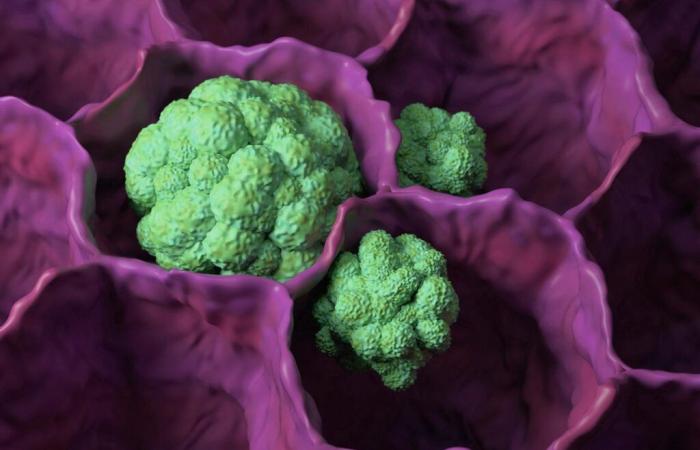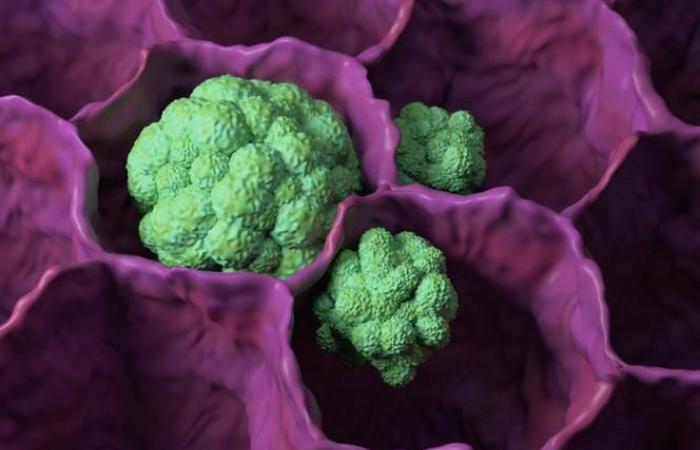With age, mutations tend to accumulate in the DNA of our cells. These molecular anomalies are easily detectable in the cells circulating in our blood, hematopoietic cells, which are made in the bone marrow.
“At 60, 5 % of individuals have such age -related mutations in their blood cells. At 80, this rate climbs to 15 % ”specifies Elsa Bernard, researcher in computational oncology at the Gustave-Roussy Institute, in Villejuif (Val-de-Marne). “Known for a long time, these mutations in our blood cells constitute one of the marks of agingadds Professor Jean-Yves Blay, oncologist, director general of the Léon-Bérard anti-cancer center, in Lyon. In rare cases, they will be able to trigger blood cancers. »» Fortunately, this risk remains low. “In 1 % of people with these changes, the risk of developing leukemia at ten years is 50 %”indicates Elsa Bernard.
Another known observation: all ages combined, 25 % of people with a solid tumor present, in their blood cells, these age -related changes. A phenomenon associated with a less good prognosis.
You have 73.46% of this article to read. The rest is reserved for subscribers.









